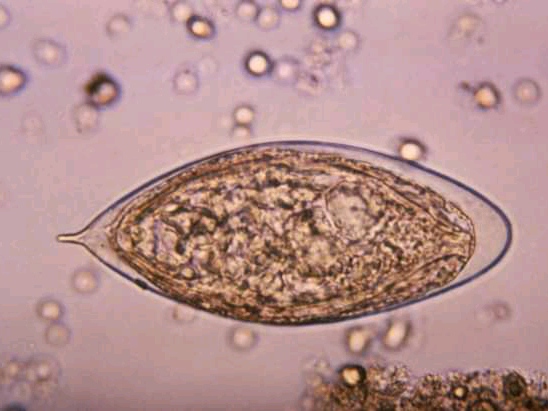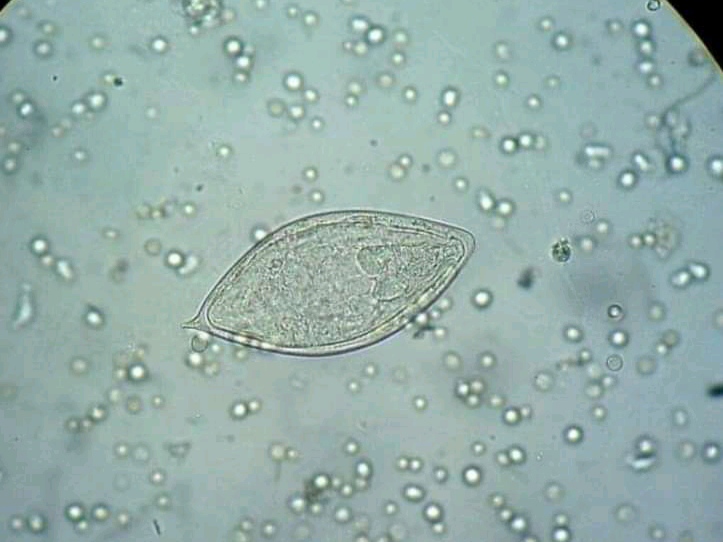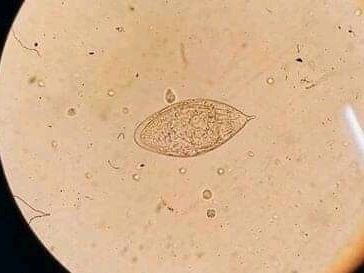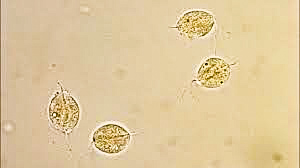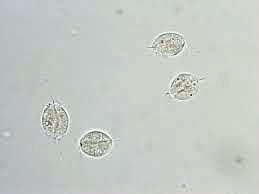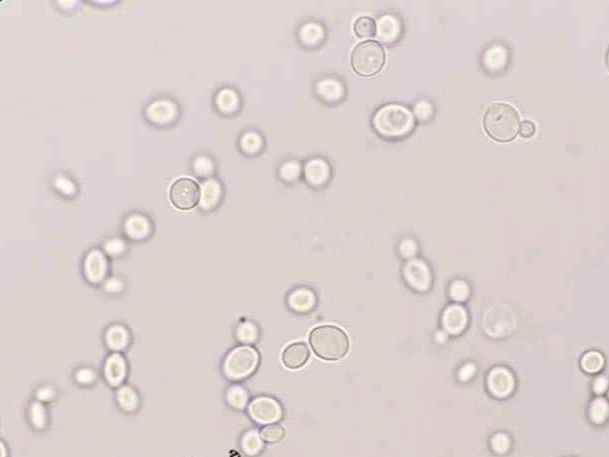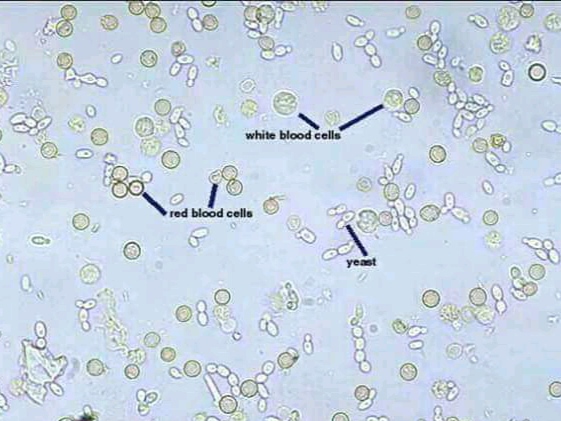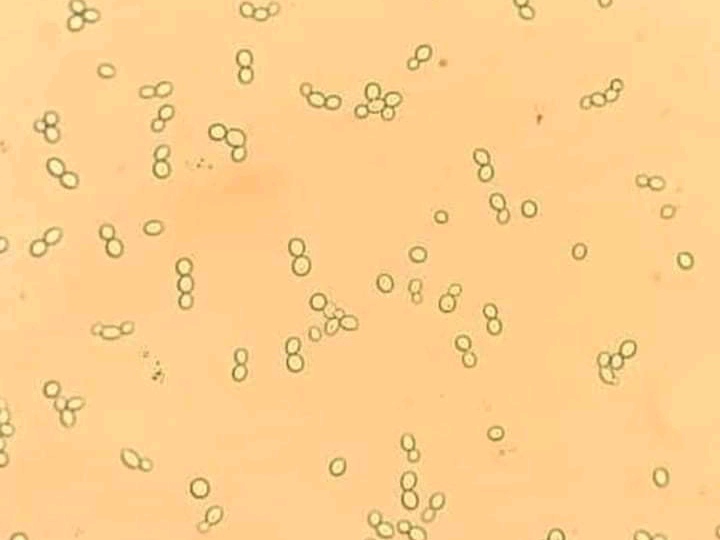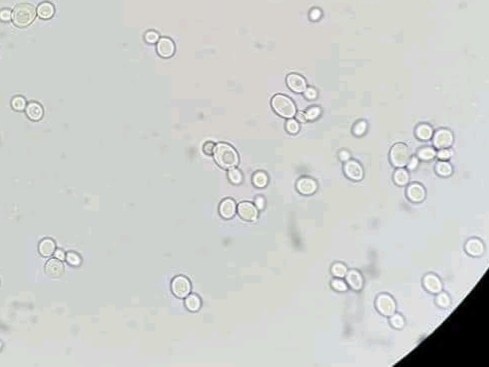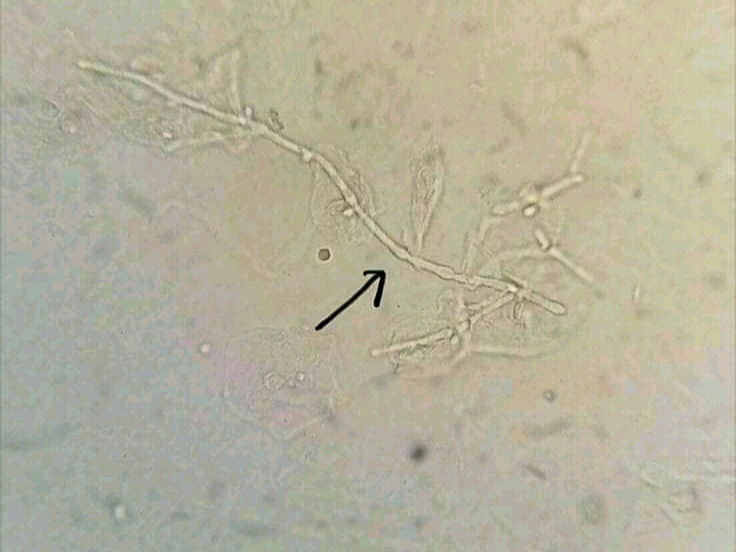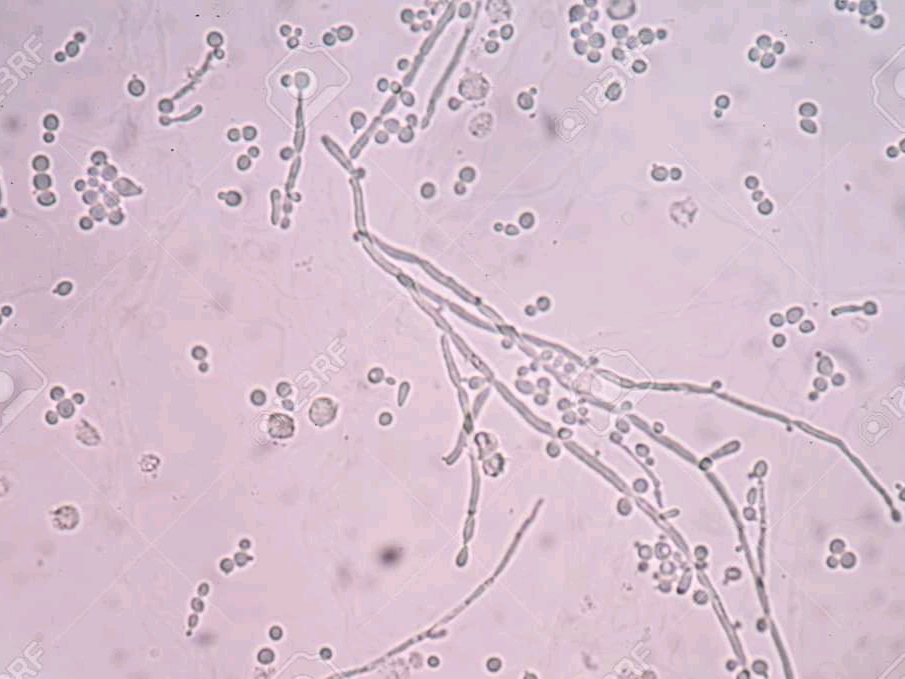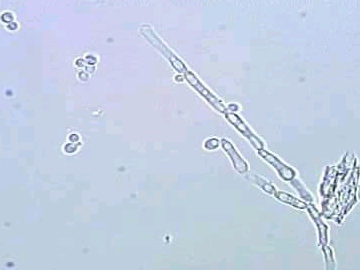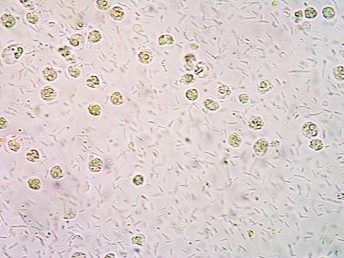A. Schistosoma Haematobium :
- It is fluke that infect venules of the bladder.
• Appearance of egg :
- Has pale yellow brown color.
- Large and oval in shape.
- Has characteristic small spine at one end (terminal spine).
- Measure about 145 x 55 μm.
- The egg contains a full-developed miracedium. Sometimes the miracedium hatch from the egg and can be seen swimming in the urine. The miracedium swim in the urine by the help of ciliates that are surrounding it.
- eggs may not be present in the urine. Therefore that is important to examine several specimens collected on different days and examine carefully, that is due to the irregular pattern of egg excretion.
- It is a protozoal parasite that infect the genitourinary tract.
• Appearance :
- Size is about 15 μm.
- Shape is round, globular.
- Has vibratory, whirls and turns type of movement.
- Has also undulating membrane that is like the fin of a fish, on one side very motile.
- Have 4 flagella.
- It is fungi that are not normally seen in health individuals.
• Appearance of egg :
- Variable in size.
- Colorless.
- Oval in shape, and usually form budding.
- Have high refractive index.
• They are usually of candida species (candida albicans) and are common in patients with :
- Vaginites.
- Diabetic mellitus.
- Intensive antibiotic or immunosuppressive therapy.
• Hypha :
- most common cause of UTI and aerobic gram-negative bacilli, particularly, members of the enterobacteriacea, are the most dominant agents. Normally, bacteria are not seen in the healthy individual’s urine.
• Appearance :
- Their shape varies with the type of bacteria observed.
- Depending on the type of bacteria they can be either motile or non motile organisms.
- They can be observed when examined under less than 40 x (high power).
- Presence of bacteria may indicate the presence of UTI or contamination by genital or intestinal microflora.
- To confirm what type of bacteria they are and whether or not they are the causes of the disease, it is important to culture them in appropriate media and perform biochemical tests for identification.
